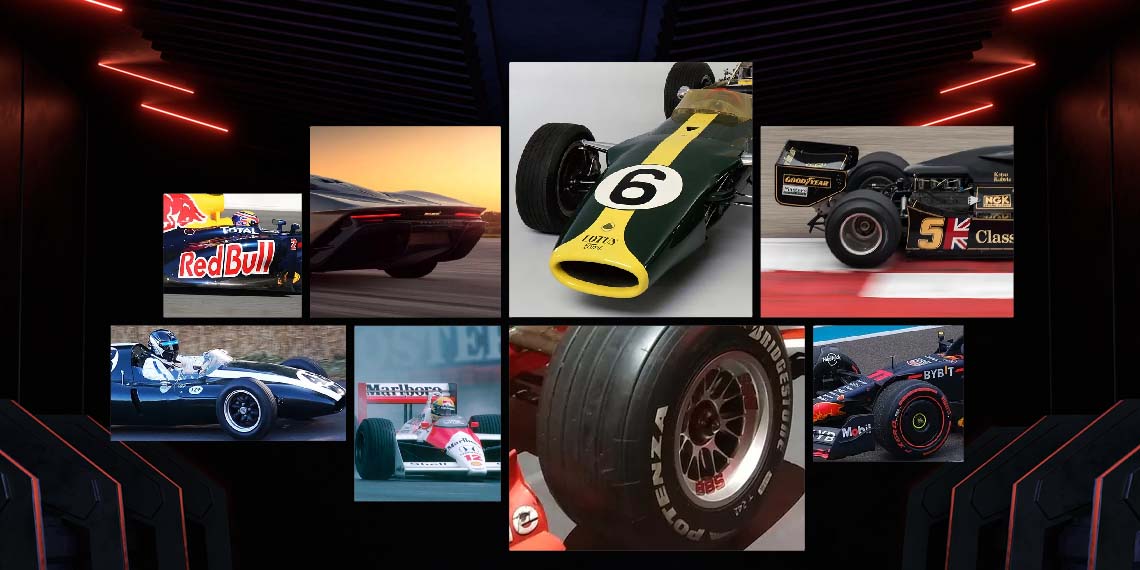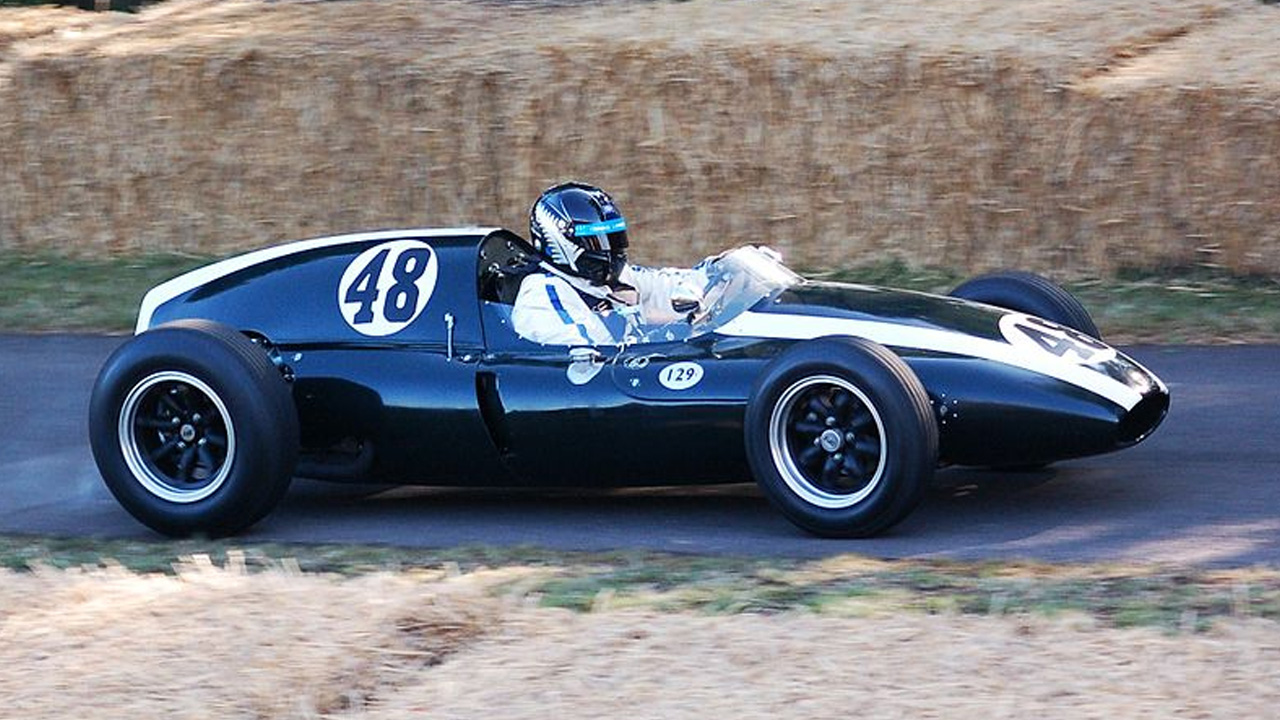Since its inception in 1946, Formula One has stood as a sporting icon, with elite auto manufacturers competing in Turin, Italy. The 1950 world championship marked the start of an ongoing pursuit by diverse teams and drivers aiming to prove their machines’ superiority. Ranking the fastest car in F1 involves more than straight-line speed; factors like driver skill, braking, handling, and reliability shape their ultimate performance.
Governed by the FIA, each season sees unique advancements aimed at enhancing speed and reliability. Despite regulations, F1 cars evolve with notable innovations every year. This evolution results in varying lap times, highlighting the dynamic nature of the sport.
Let’s Delve into F1’s rich history, exploring the memorable machines, triumphs, catastrophes, and innovative designs. These will define the pursuit of being among the fastest cars of all time.
The Quickest F1 Cars of All Time, Ranked
Cooper T51 (1959)
- Speed: Up to 180 mph
- Engine: Rear-mounted
- Weight Distribution: Improved handling
- Aerodynamics: Increased efficiency
During F1’s inception, Alfa Romeo, Ferrari, Maserati,, and Mercedes reigned supreme, favoring front-mounted engines. However, in 1957, the British team Cooper introduced a revolutionary rear-mounted engine, a departure from convention.
Auto Union had experimented with this design in the 1930s, it was groundbreaking being the fastest F1 car. The advantages were evident: better weight distribution for improved handling and increased aerodynamic efficiency.
Cooper’s innovation bore fruit in 1959. Jack Brabham clinched the World Championship in the T51, boasting speeds up to 180 mph. By the early 1960s, all cars embraced the rear-mounted engine, a defining feature that endures in modern racing cars.
Lotus49 (1967)
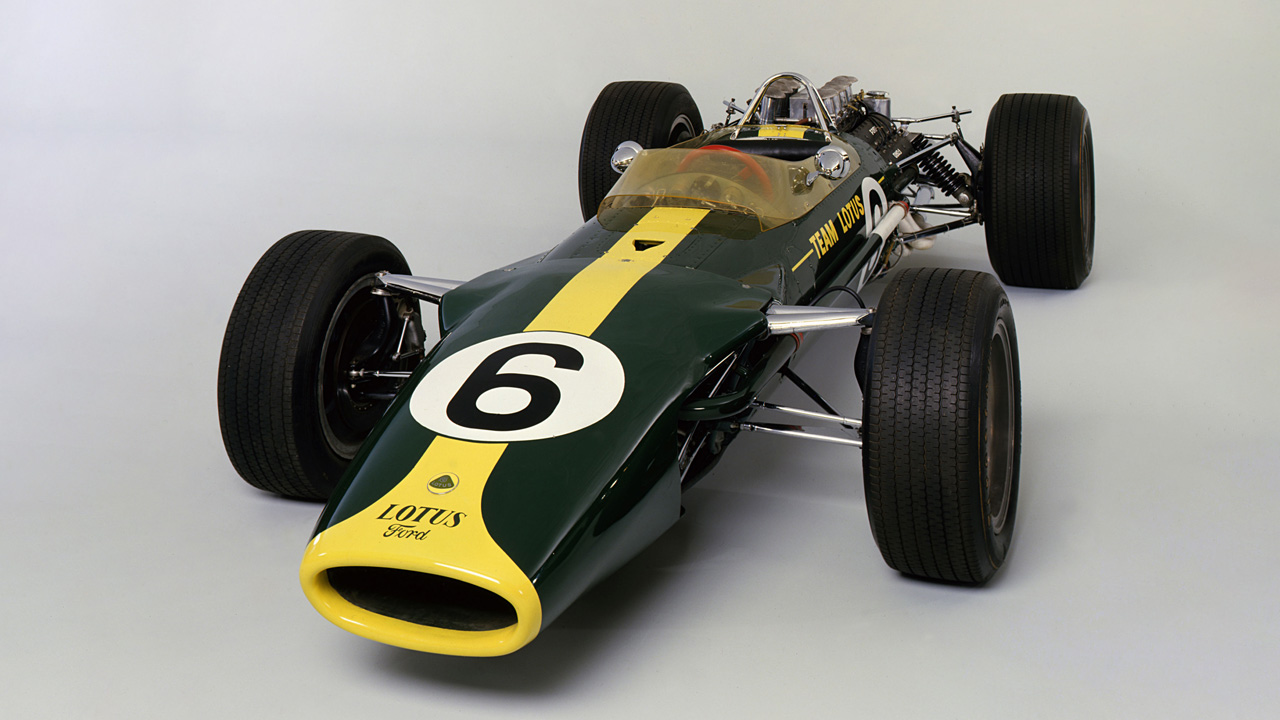
- Speed: Over 200 mph
- Power: Ford V8 engine
- Engine Integration: Seamless integration into chassis
- Aerodynamics: Distinctive aerofoil wings
- Liveries: Sponsored by Gold Leaf Lotus
- Achievements: Graham Hill’s 1968 World Championship
Created by the visionary Colin Chapman, the Lotus49 emerged as a revolutionary vehicle. It reshaped racing’s future through its innovative engineering and striking aesthetics. Its engine seamlessly integrated into the chassis, melding with the monocoque, gearbox, and rear suspension. It sets a lasting precedent for fastest f1 car.
While not pioneering this approach, its triumphs established a norm that endures in the sport today. Distinctive aerofoil wings originated from the Lotus 49, offering substantial aerodynamic advantages in clear air. Powered by Ford V8 engines, the car surged past 200mph, setting new standards of speed.
Furthermore, the Lotus 49 pioneered sponsor-driven liveries. It is adorned with the iconic red and gold of Gold Leaf Lotus, sponsored by the eponymous tobacco company. Active from 1967 to 1969, the car saw Graham Hill clinch his second and final world championship in 1968.
Lotus78 (1978)
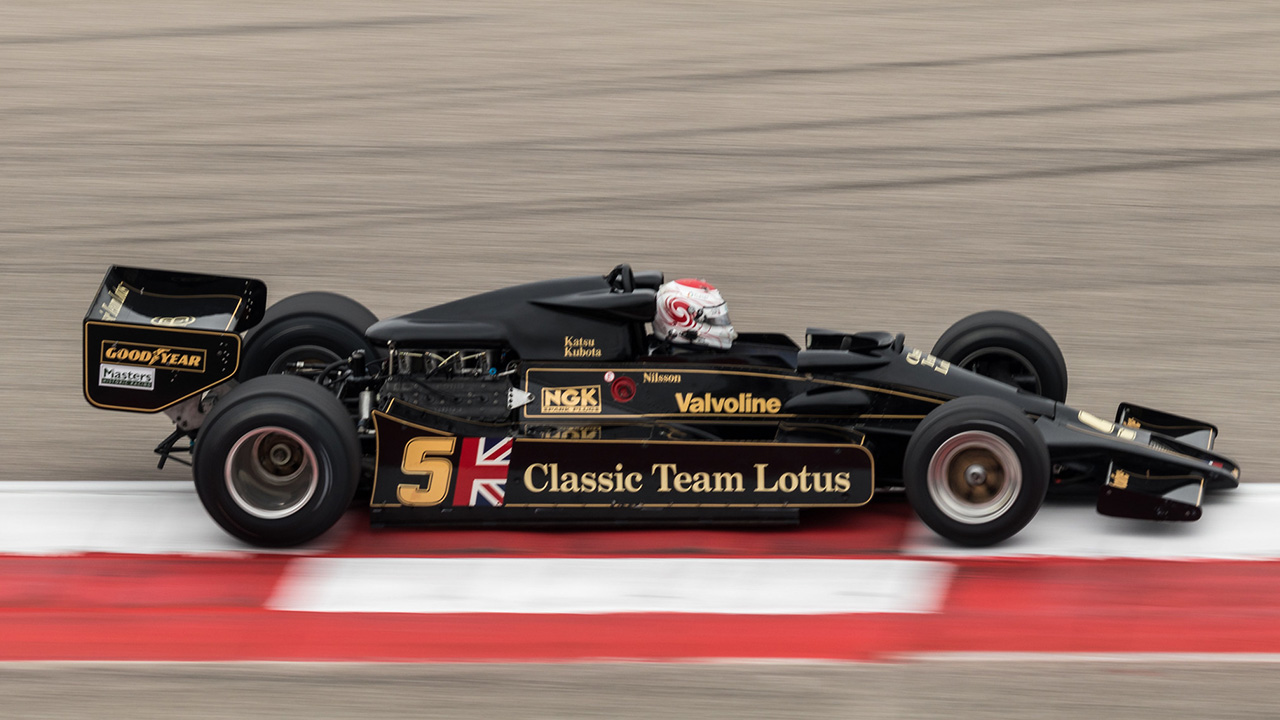
- Aerodynamics: “Ground effect” aerodynamics
- Bodywork: Sculpted fiberglass
- Wing: Inverted fiberglass wing
- Achievements: 1978 Constructors’ Championship
The Lotus78, adorned in the iconic black and gold John Player Special branding. It gained fame for its success in the 1978 World Championship. It clinches the Constructors’ Championship for Team Lotus. Unlike its predecessors, the 78 boasted a revolutionary “ground effect” aerodynamics, providing unprecedented downforce.
This innovation transformed Formula One racing, enabling higher cornering speeds and improved handling, thereby enhancing overall performance. Crafted with sculpted fiberglass bodywork and an inverted fiberglass wing, the Lotus 78 redefined aerodynamic superiority.
Its debut season saw remarkable success, securing victory in five races and dominating the podium throughout the memorable 1978 campaign. Beyond its performance, the Lotus 78’s timeless aesthetics also garnered attention. It also positioned it as a frontrunner in any ranking of the sport’s coolest-looking cars.
Brawn BGP 001 (2009)
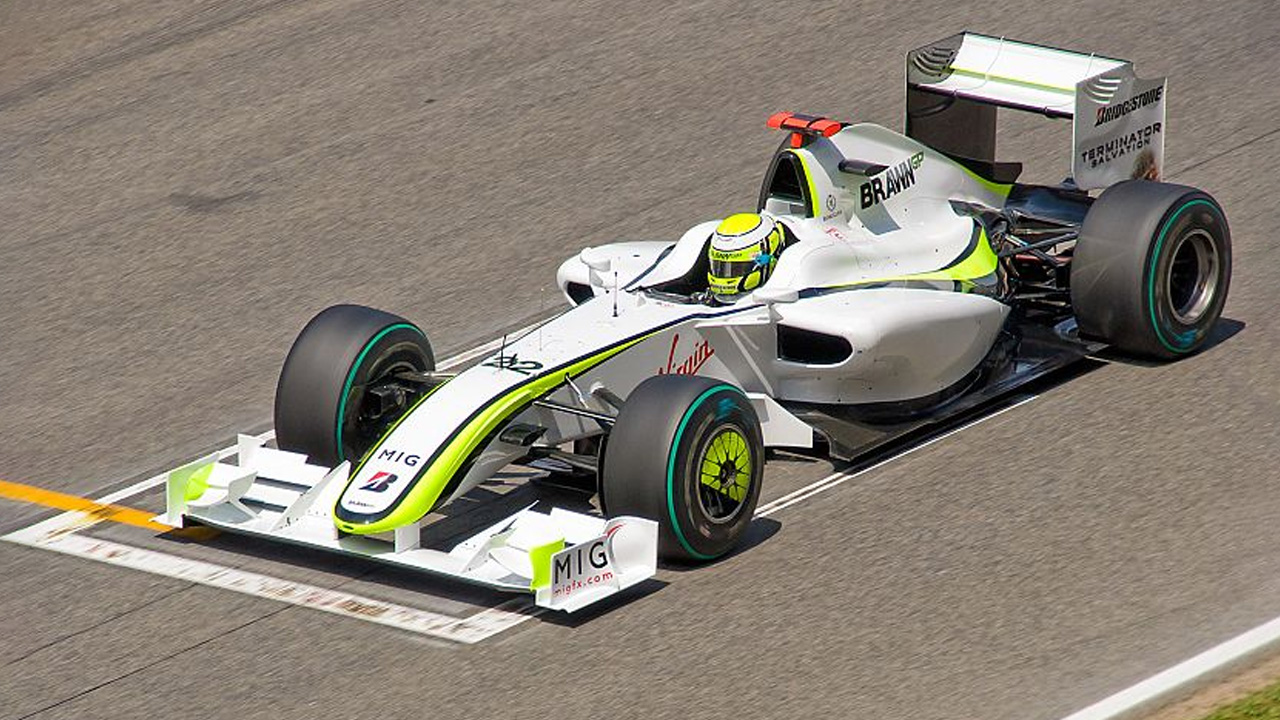
- Power: Modified Mercedes engine
- Aerodynamics: “Double diffuser wing”
- Achievements: Jenson Button’s 2009 Drivers’ Championship
The 2009 season left a lasting mark on recent F1 history, thanks to the unconventional journey of Brawn GP. Originally, Honda had a car in development but withdrew before the season began. Ross Brawn, the team principal, acquired the team and hurriedly prepared the Brawn BGP 001, despite issues like a modified Mercedes engine and part mismatches.
Despite setbacks, the BGP 001 proved remarkably fast, outpacing Ferrari in qualifying, thanks to its controversial “double diffuser wing.” Though disputed, the design was eventually approved by the FIA. With drivers Jenson Button and Rubens Barrichello, Brawn GP dominated, with Button winning the Drivers’ Championship. The team secured the Constructors’, and Barrichello finished third.
Williams FW14B (1992)
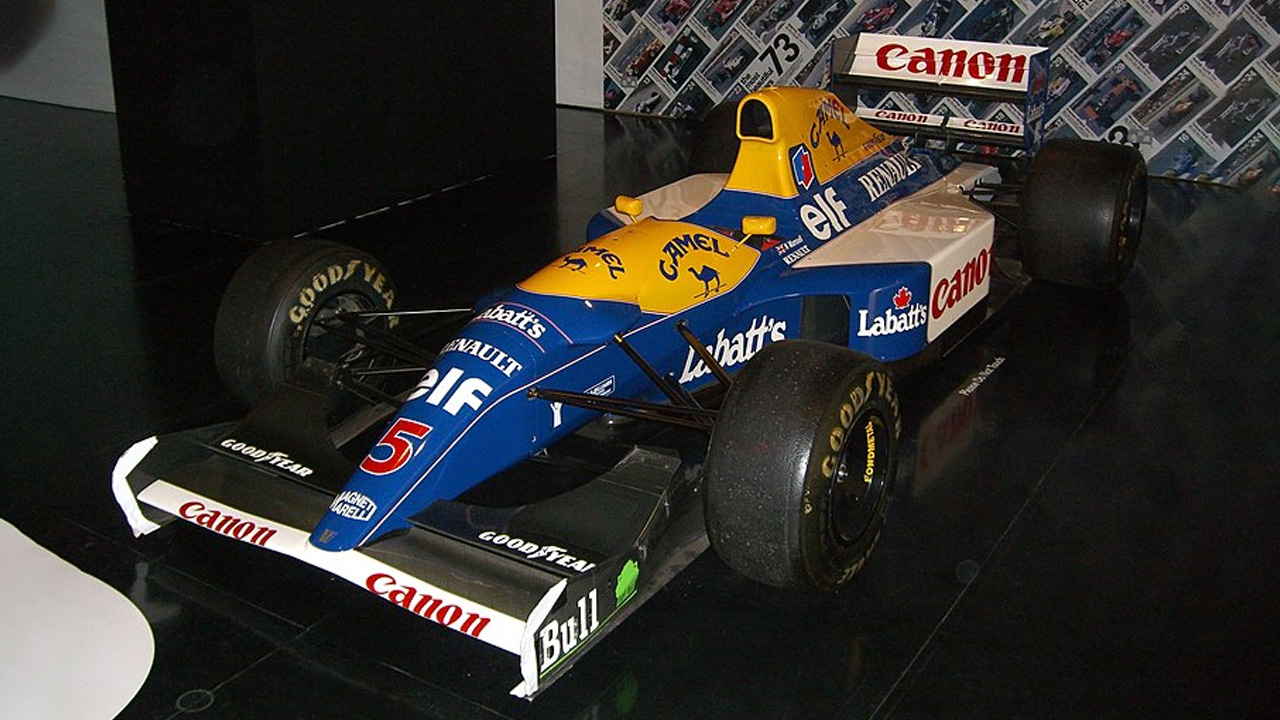
- Technology: Active suspension, traction control
- Achievements: Nigel Mansell’s dominant 1992 season
The Williams FW14 debuted in 1991 as a technological wonder. Despite initial glitches, Adrian Newey’s design clinched 7 wins and secured 2nd place in the championship.
Nigel Mansell’s performance, just two wins shy of the champion, Ayrton Senna, was hampered by early-season setbacks, with the FW14 retiring six times in four races due to gearbox issues. Improvements in 1992 addressed reliability concerns, enhancing traction control and active suspension.
The FW14B, with subtle modifications visible near the front suspension, dominated races with Mansell at the helm. Winning five consecutive races and a record-breaking nine victories that season, Mansell also claimed pole position for all but one race and set 11 fastest laps.
Ferrari F2004 (2004)
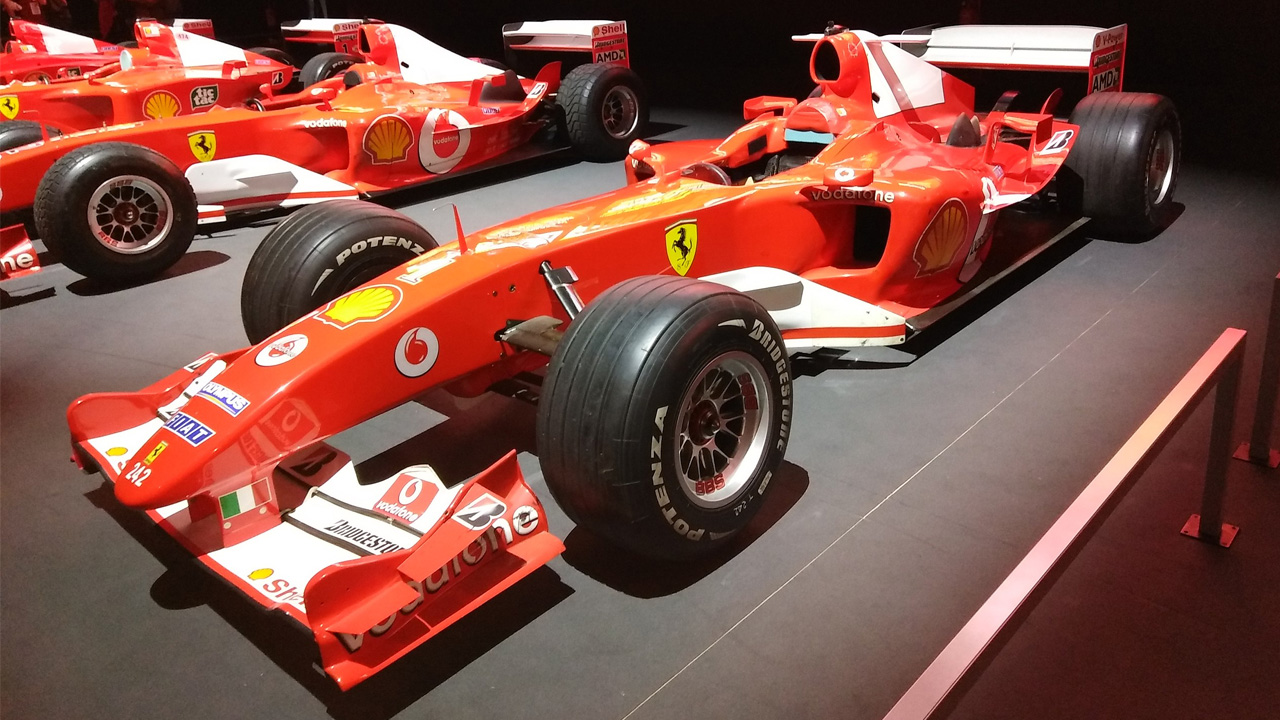
- Power: Ferrari V10 engine
- Achievements: Michael Schumacher’s fifth consecutive drivers’ title
Remarkably, the F2004 maintains lap records at three current F1 tracks: Monza (Italy), Shanghai (China), and Albert Park (Australia). The decline of the V10 engine era significantly contributes to this feat. Ferrari’s seamless operation secured Michael Schumacher’s fifth consecutive drivers’ title and the team’s sixth consecutive constructors’ title.
The tire war of the mid-2000s, with rival manufacturers heavily investing, also played a crucial role. Ferrari’s exclusive use of Bridgestone tires, while competitors opted for Michelin, allowed them to tailor their tire strategy, forging a potent alliance.
Under technical wizards Ross Brawn and Rory Byrne, Ferrari achieved unparalleled reliability. Such dominance led to FIA intervention in 2005, rewriting tire regulations, ending Ferrari/Bridgestone supremacy, and signaling a new chapter for F1.
Williams BMW FW26 (2004)
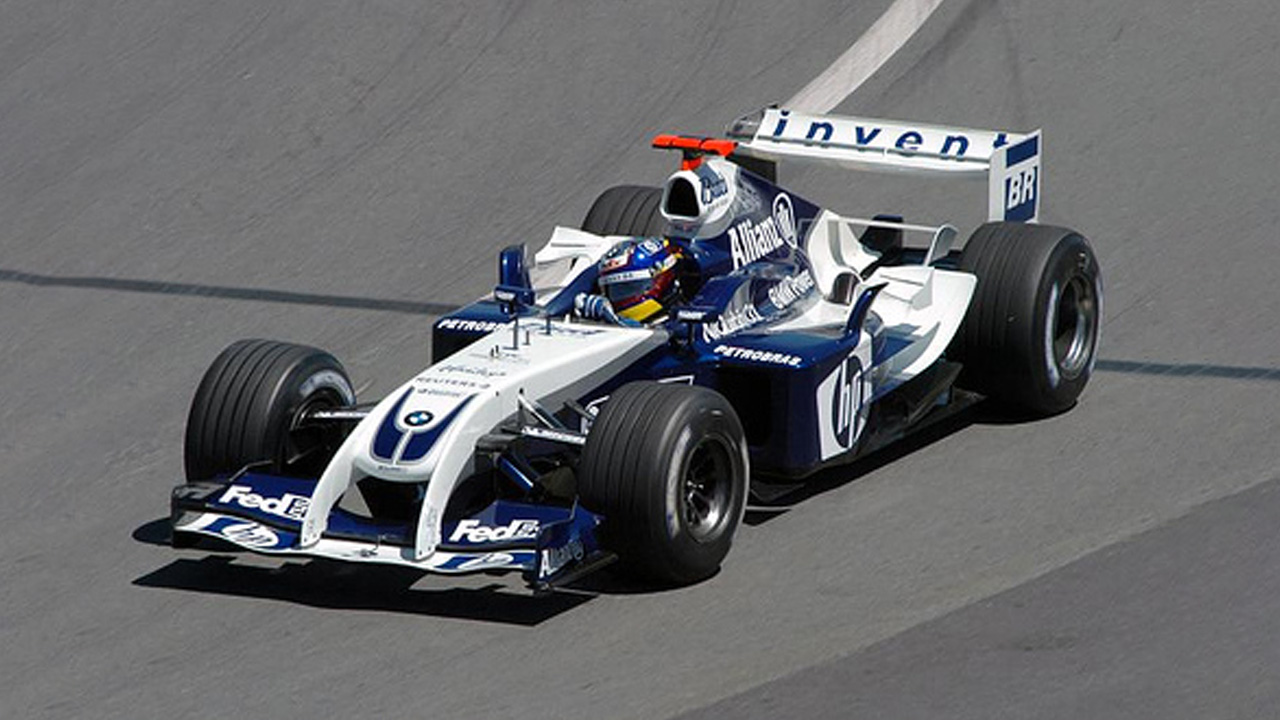
- Speed: 162.950 mph (qualifying lap record)
- Power: BMW engine
- Design: “Walrus nose” with vertical spars
- Performance: Setup issues affected performance under pressure
In the 2004 Formula 1 season, while the Ferrari F2004 dominated, the Williams BMW FW26, driven by Juan Pablo Montoya, showcased remarkable speed. It clocked an average of 162.950mph in qualifying, setting a lap record. Its distinctive “walrus nose” design, with vertical spars resembling tusks, maximized airflow.
Despite being a favorite with its quirky design and promising testing results, setup issues plagued its performance under pressure. The FW26 marked the end of Williams’ competitive era, with their next win eight years later. It was possibly their last truly competitive car, ending an era with impact rather than fading away.
Red Bull RB7 (2011)
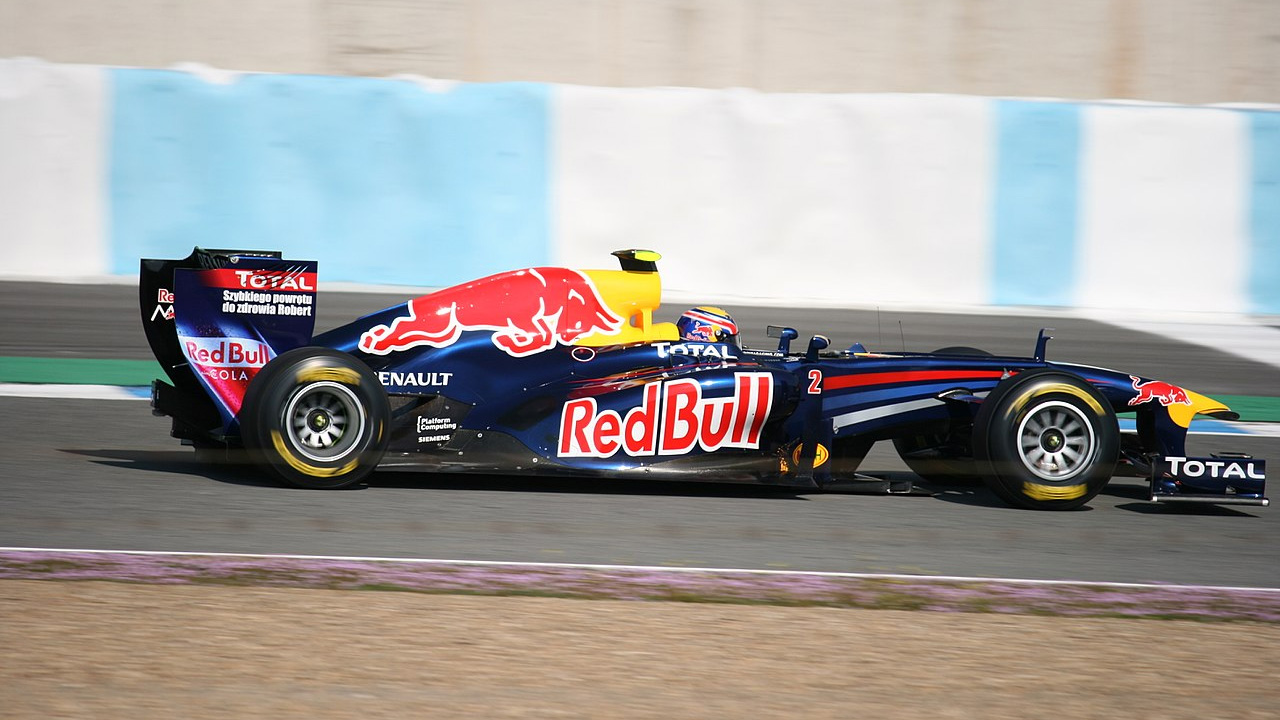
- Innovation: Blown diffuser for enhanced downforce
- Achievements: Sebastian Vettel’s fourth world title
In just 5 years, Red Bull transformed from underdogs to dominant champions. It seizes victory in the era of lucrative prizes with their energy drink sponsorship. The RB7 showcased Red Bull’s pinnacle of design innovation, elevating it far beyond its competitors in the early 2010s.
Its key achievement was the implementation of the blown diffuser, enhancing downforce by manipulating airflow and optimizing air extraction beneath the car, effectively increasing traction. Sebastian Vettel clinched his fourth world title in this car, marking the end of an era before extensive regulation changes and the shift from V8 engines to Turbo hybrids.
Related Pick: Unleash The Fastest Electric Car: Top 17 EVs
Mclaren Mp4-4 (1988)
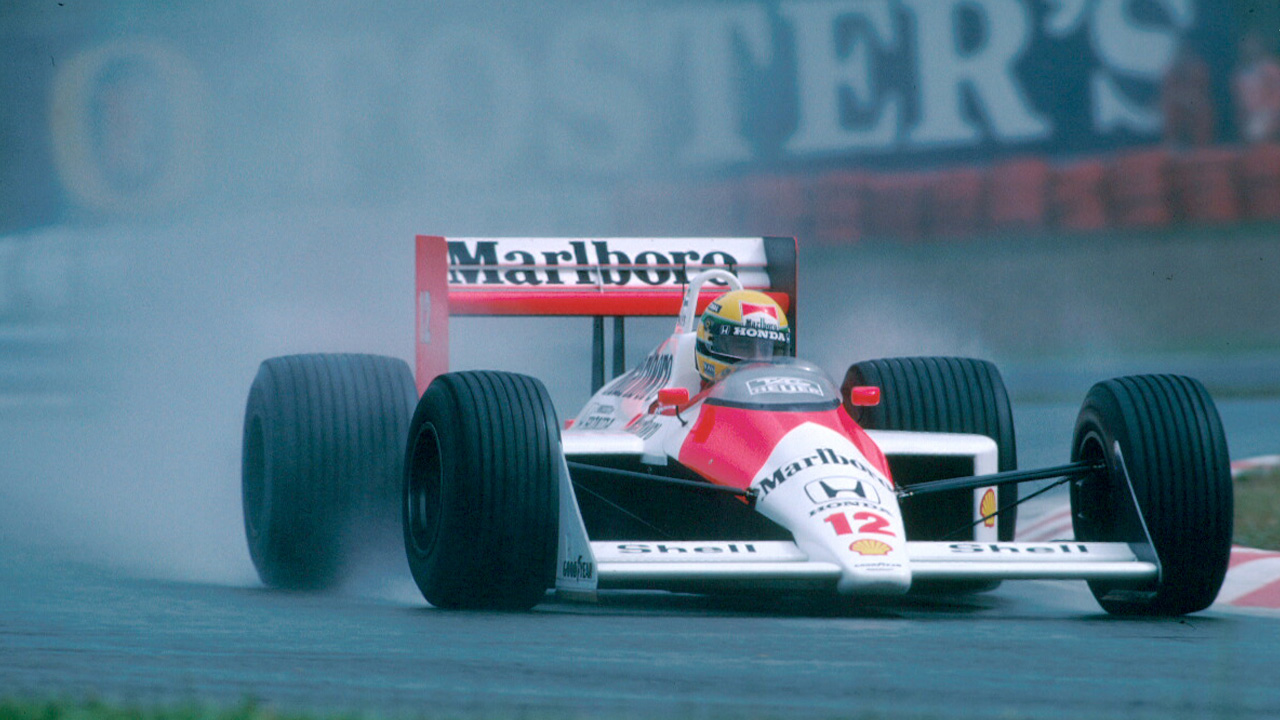
- Power: Honda engine
- Dominance: 15 out of 16 races won in 1988
- Achievements: Ayrton Senna’s first of three world titles
The McLaren MP4/4 stands as unrivaled champion car in F1, boasting a staggering 93.8% victory rate in the 1988 season. Piloted by legends Prost and Senna, it clinched 15 out of 16 races, narrowly missing a clean sweep due to Senna’s infamous clash at Monza. Engineered by Nichols and Murray, it flaunted a Honda powerhouse acquired from Williams.
Despite the blip in Italy, the MP4/4 dominated like no other, securing Prost’s seven wins and propelling Senna to his first of three world titles. A pinnacle of F1 engineering, its legacy remains unmatched in the annals of motorsport history.
Red Bull RB18 (2022)
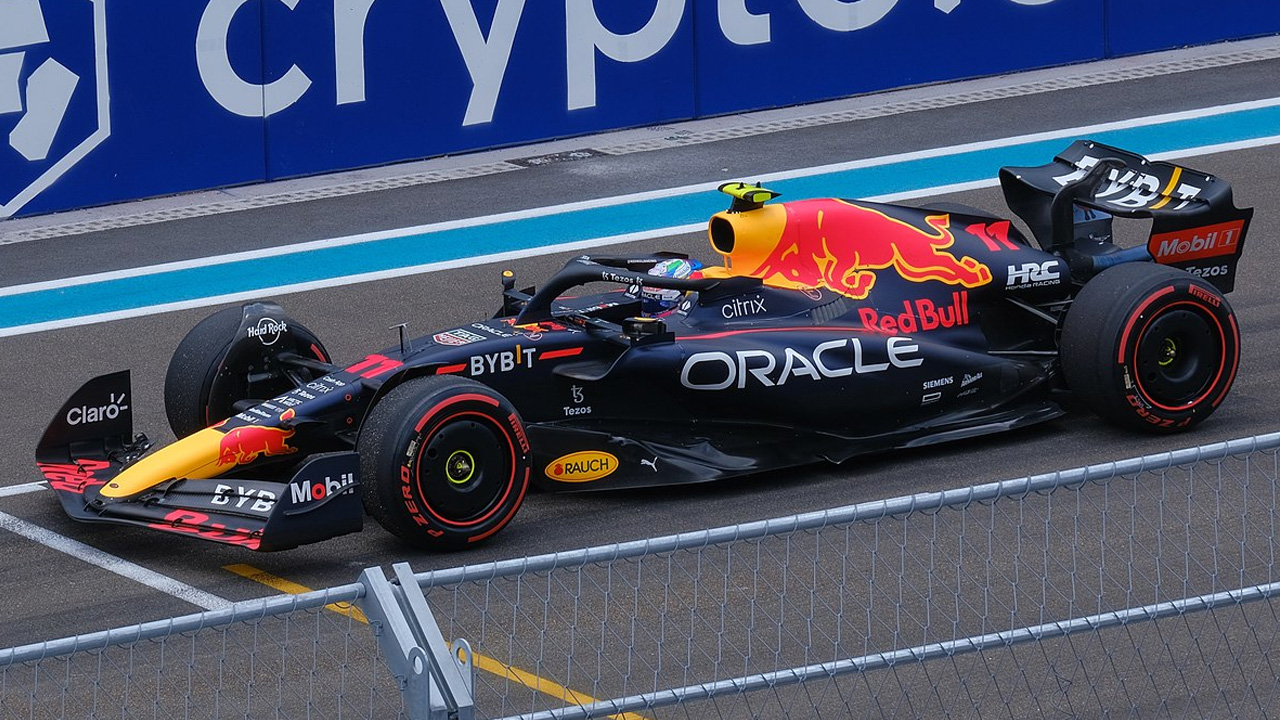
- Design: Aggressive sidepod design for airflow optimization
- Achievements: Red Bull’s constructors’ championship
Red Bull’s RB18 defied expectations, developed later than rivals yet dominated being the fastest f1 car and it’s ground-effect era. Starting the season in catch-up mode due to a delayed start, early struggles were evident as Ferrari surged ahead. Verstappen’s retirement in Australia widened his championship gap to 46 points.
Despite setbacks, Red Bull’s relentless upgrades transformed the RB18 into a dominant force. Its aggressive sidepod design, directing airflow onto rear wheels, became a benchmark. By July, Red Bull’s six consecutive wins catapulted them ahead of Ferrari.
With 10 victories in the final 13 races, including Verstappen’s remarkable Spa win from 14th, Red Bull clinched the constructors’ championship early, setting multiple records. Their success underscored the RB18’s prowess and highlighted the competition’s challenge in catching up.
FerrariSF70H (2017)
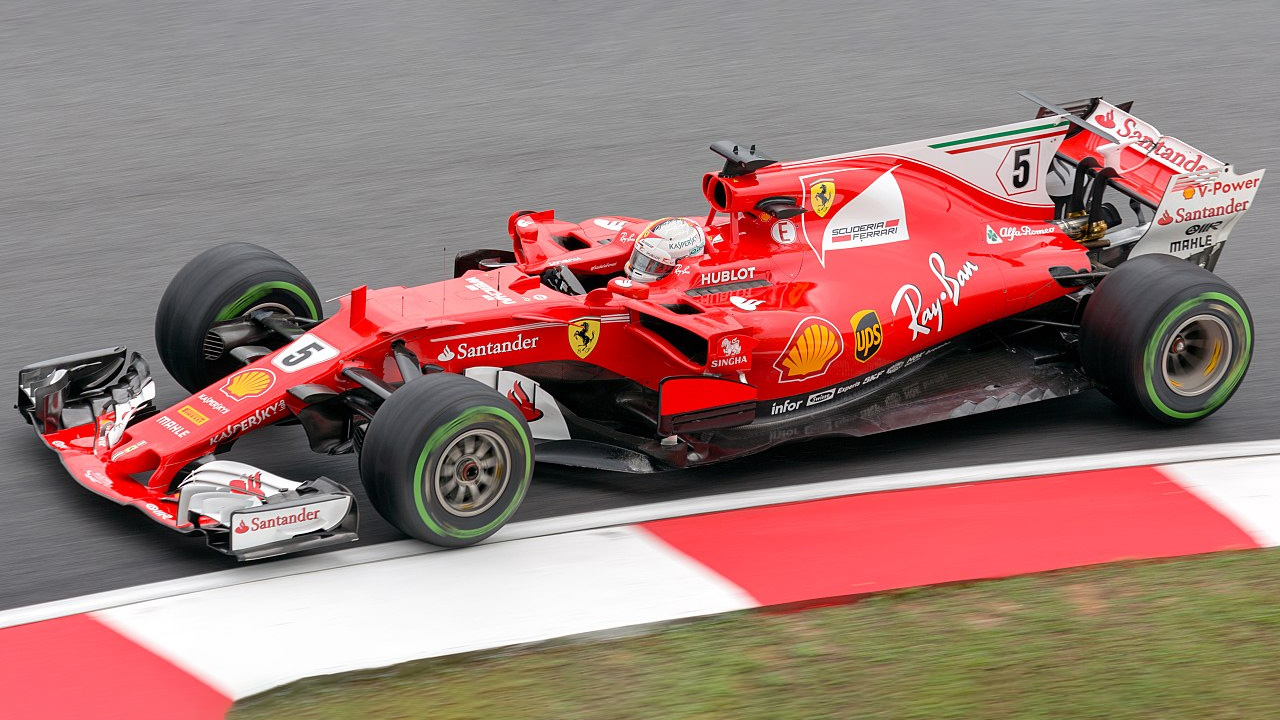
- Power: 1000 horsepower from a 1600cc six-cylinder engine
- Features: Semiautomatic transmission, carbon fiber disc brakes
- Achievements: 20 podiums in 20 races
During the F1 supremacy period from 2010, Ferrari consistently displayed competitiveness, especially with the SF70H in 2017. It offers a strong shot at the Constructors Championship. Piloted by world champions Kimi Räikkönen and Sebastian Vettel, Scuderia Ferrari’s 70th-anniversary car was truly a cause for celebration.
The SF70H housed a 1600-cc six-cylinder engine capped at 1,950 rpm, generating 1,000 horsepower. Sizing up at five meters in length and two meters in width, its carbon fiber and honeycomb composite chassis kept it light at 728 kilograms. Boasting advanced features like semiautomatic transmission, eight gears, quick shifter, and carbon fiber disc brakes, the SF70H delivered a remarkable performance.
Securing 20 podiums in 20 races in 2017, the SF70H exhibited exceptional speed, propelling Sebastian Vettel and Scuderia Ferrari to second place in their respective Championships. Vettel’s victory in the Monaco Grand Prix that year bestowed a notable confidence boost on the Italian marque, placing Ferrari back in the spotlight and giving their passionate fans, the “Tifosi,” ample reason to celebrate throughout the season.
You Might Like to Explore: Top 15 Models of 4 Cylinder Cars That You Must Consider
Mercedes W11 (2020)

- Innovation: ‘DAS’ (Dual Axis System) for front wheel alignment adjustment
- Design: Low rake design
- Achievements: Lewis Hamilton’s historic seventh world championship
The covid season saw Mercedes dominate, propelling Lewis Hamilton to a historic seventh world championship. Following the global outcry over George Floyd’s death, Mercedes, inspired by the Black Lives Matter movement, painted their W11 black to champion respect, diversity, and equality.
This car introduced the groundbreaking ‘DAS’ (Dual Axis System), enabling drivers to adjust the front wheels’ alignment by pushing the steering wheel inward, enhancing tire warming during qualifying outlaps or safety car periods. Additionally, the W11 adopted a low rake design, distinguishing it from rivals with higher rake setups.
However, regulatory changes in 2021 banned DAS and favored higher rake cars, contributing to Hamilton narrowly missing an eighth title to Max Verstappen.
Fastest F1 Car – FAQs
Hamilton’s 2020 pole lap for fastest f1 car ever, set a historic record for the fastest average speed, surpassing Kimi Räikkönen’s previous record of 263.587km/h. Räikkönen had broken Juan Pablo Montoya’s 2004 benchmark, which held the single lap record at 259.83 km/h until wider cars emerged. Pedro de la Rosa’s McLaren MP4-20 in Bahrain ’05 and Rubens Barrichello’s Ferrari F2004 in the 2004 Italian GP showcase the enduring power of V10 engines on current circuits.
Sixteen of the 24 F1 circuits boast lap records set by cars from 2018 to 2021, while nine feature records from the latest car generation and pre-2005 models. Though teams haven’t fully recovered, 2023 cars showed improvement, setting new records at some tracks. Older cars, with potent V10s and less downforce, still dominate certain circuits, showcasing their superior top speeds.
Juan Pablo Montoya set the F1 top speed record at 372.6km/h during the 2005 Italian Grand Prix. Valtteri Bottas’s unofficial record of 378km/h in 2016 was claimed by Williams. Surprisingly, a 2006 Honda holds the official record at 397.360km/h, achieved at the Bonneville Salt Flats by Alan van der Merwe. The specially modified Honda RA106 featured an unrestricted V10 engine, a stability fin instead of the rear wing, and custom tires. Despite a goal of 400km/h, it fell slightly short, but testing reached 413.205km/h on one run. Unfortunately, the return run couldn’t replicate the speed, missing an opportunity for an even faster record.
